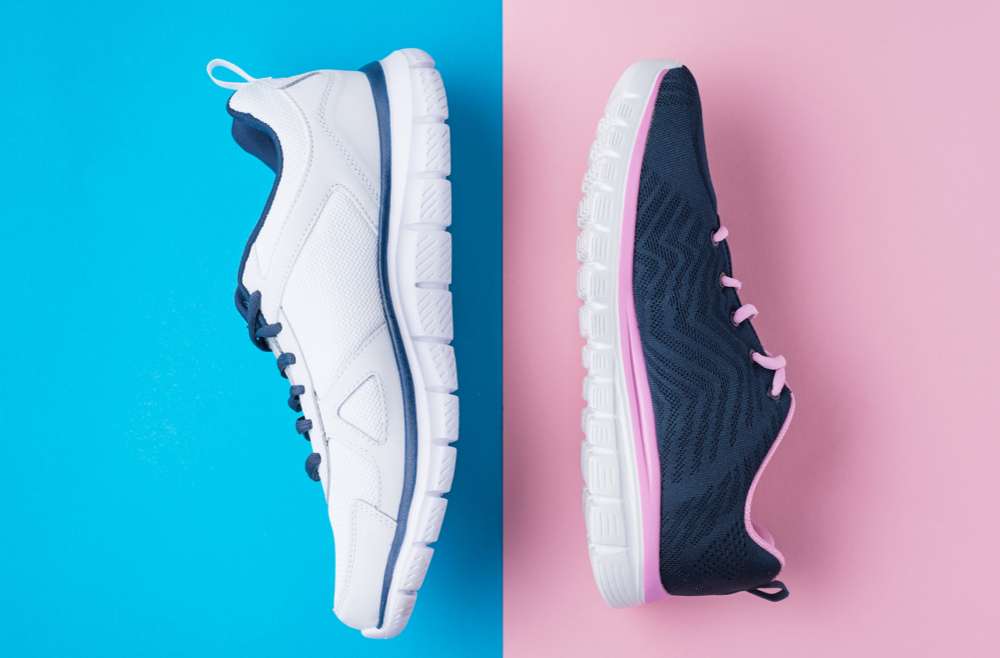You probably know that people with diabetes need to take special care of their feet. After all, you’ve heard the horror stories about how diabetes can result in amputation or nerve damage. Unfortunately, many people with diabetes aren’t sure exactly what steps they should be taking to protect their feet. So, here’s a guide to everything you need to know about how to choose the right shoe for your diabetic foot.
Consider the Type of Diabetes You Have
The two types of diabetes are type 1 and type 2. Type 1 is called insulin-dependent, meaning that it requires insulin injections to manage the disease. Type 2 is non-insulin-dependent and can be treated with oral medications or insulin injections.
However, even though they are different, they both have one thing in common: they both have an impact on your feet. This means that whether you have type 1 or type 2 diabetes, it’s essential to know how each affects your foot health so you can take steps to keep them healthy!
Think About the State of Your Feet
The state of your feet is essential to consider when figuring out how to choose the right shoe for your diabetic foot. If you have healthy feet and are in good shape, you can wear more comfortable shoes that offer less support. If your feet are damaged from diabetes or another condition, you’ll need more help.
When deciding on which type of shoe to buy, remember that the fit should be snug but not tight—you don’t want to lose circulation in any part of your foot, but it also shouldn’t be so big as to cause blisters or rubs anywhere else either. Always check for any redness or irritation after wearing new shoes before deciding whether they’re suitable for you or not.
Determine the Right Shoe Width and Length
Once you’ve determined your shoe width and length, you can use a shoe size conversion chart to determine what size shoes you should purchase. There are two types of shoe sizes available: American and European.
American Shoe Sizes
- men’s sizes run from 6 to 13, with an optional 14 for wider feet.
- women’s sizes run from 5 to 11, with an optional 12 for wider feet.
Look for Certain Features in the Shoes
So, what features should you look for in your diabetic shoes?
- look for a wide toe box
- look for a removable insole
- look for low heels, if possible
- cushioned heels can also help reduce the impact on the foot, which is helpful when walking on hard surfaces like concrete or tile floors since these surfaces often cause microfractures in the skin and bones of people with diabetes who don’t wear proper footwear. The cushioned heel absorbs some of the shocks from stepping down, reducing stress on their feet overall (and thus helping to prevent further complications).
How to Break in Your New Shoes
You should also be aware that new shoes will take time to break in. It’s best to wear them for short periods first and then longer as you feel more comfortable.
Foot Care
- use a pumice stone to remove excess callus
- use a foot file to smooth out rough spots
- use a moisturizer, foot cream, or lotion regularly on your feet to keep them hydrated and soft. Don’t forget the toes!
- if you have dry skin, try using an exfoliating product on your feet containing lactic acid (which makes yogurt feel so good) or sandalwood powder, which encourages circulation while removing dead skin cells.
If you want to keep your feet smelling fresh as well as looking good, then consider using an antiperspirant spray designed specifically for odor control during summer months when shoes are often left off for extended periods – especially if you are a Florida resident, where it can get very humid throughout most days during springtime through autumn seasons each year!
How to Choose the Right Shoe for Your Diabetic Foot
You’re now equipped with the knowledge and tools you need to buy a shoe for your type of diabetes. Now, go forth and choose wisely! If you need assistance in choosing the perfect pair of shoes for you come into Dale’s Shoes today!

